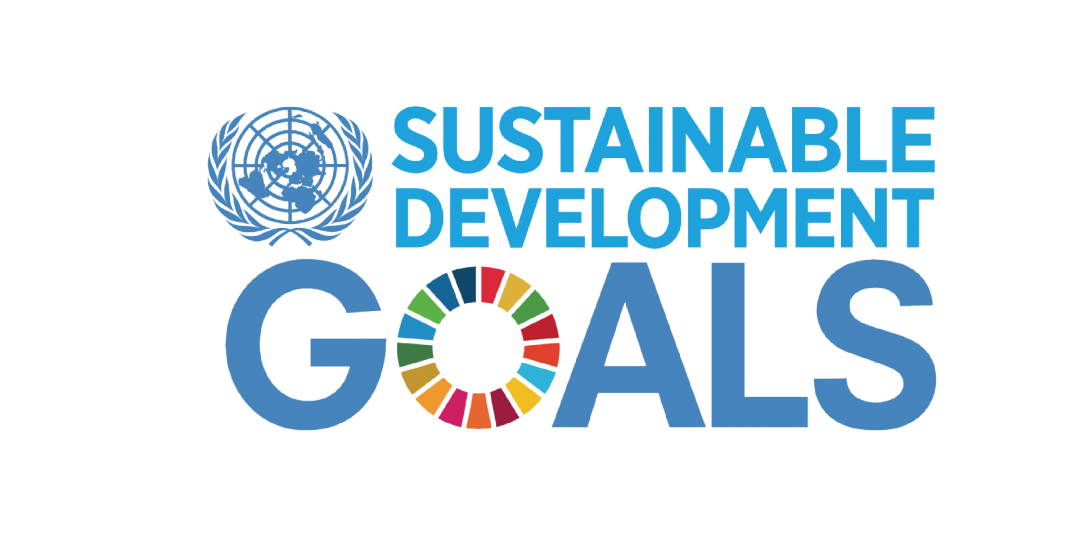INTRODUCTION
For many investors, impact measurement + management may seem overwhelming at first. There is a seemingly limitless array of frameworks and standards that can become an alphabet soup (SDGs, IRIS+, IMP, IFC, etc.). This is made more complex by the fact that each portfolio company looks different. They may be at different stages, operate in different sectors, and have different types of social and environmental impact. Many investors and entrepreneurs also worry that impact reporting will add a heavy additional work burden on management teams. Despite these challenges, measuring impact matters. Impact data provides insights that companies can use to improve product and service offerings, enhance financial performance, and accelerate positive change. This data allows investors to understand if their theory of change is successful or whether it needs to be revised. Impact data allows all parties to make informed decisions and can be woven into a business’ flow of operations so that it is a simple and light lift.
At Arborview, we break our approach in the following five steps:
STEP 1. SET STRATEGY
The first step to establishing an impact measurement + management approach is to set the impact thesis. This will become a north star. At Arborview, we believe that sustainability is becoming central to consumer and business decision-making, creating a compelling and rapidly expanding opportunity. We partner with high-quality management teams that are building a more environmentally sound, resource efficient future that delivers on consumer and business needs.
From this north star, flows the themes that we identify as critical to moving our economy toward greater sustainability — energy, water, materials, and food + agriculture — and the key metrics underpinning each theme. Having a narrow selection of key metrics that we apply to each portfolio company also allows us to look at aggregate impact across our portfolio.
We choose to invest in companies where sustainability is intrinsic to the company’s products and services, and therefore scaling the business means scaling the impact. This aligns our financial objectives with our impact objectives over the course of the investment and through exit.
ENERGY
Reducing CO2 emissions
Producing cleaner alternatives
WATER
Optimizing water use
Improving water quality
MATERIALS
Lightening our footprint, decreasing use of landfills
Sourcing more sustainably
FOOD + AG.
Putting better food on our tables
Growing smarter
In addition to selecting businesses that drive impact through their products and services, we seek businesses that drive impact through their operations. These businesses promote stakeholder capitalism: the principal that businesses should create long-term value for all stakeholders including customers, suppliers, employees, shareholders, communities, and the environment. As our Partner Karl Khoury explains, “When you look out for all of your stakeholders, you are reducing risks in the supply chain and the employee base in ways that make the company more resilient and ultimately more profitable and stronger in the long run.”
STEP 2. EVALUATE
Our next step is to evaluate prospective investments for impact. During our due diligence process, we assess each company to understand the material impact drivers of the business, areas for improvement, and potential impact risks. Some of the key questions we ask include:
Does the company contribute to Arborview’s impact objectives?
How does the company drive this impact?
What is the breadth and depth of this impact?
What are the negative externalities and impact risks, and can these be mitigated?
How does the business support the stakeholder capitalism model?
This assessment informs our decision of whether or not to invest.
STEP 3. PARTNER
Through the diligence process and into the investment relationship, we work with management teams to create clear alignment on shared impact objectives and how to achieve them. The result is a jointly crafted, tailored set of relevant impact metrics for the business. We conduct industry and product research to identify appropriate benchmarks and quantify the business’ contribution to improvement in one or more of our key impact themes. We tie the impact reporting process to existing IT infrastructure in each business to ensure that impact is as simple and straightforward to report as key financial metrics.
We also track impact performance through the B Impact Assessment, which is helpful for assessing the operational impact of the business, and we map a company’s impact to the UN Sustainable Development Goals, which we believe is important for putting our companies in conversation with global priorities.
STEP 4. MEASURE + MANAGE
We measure impact regularly and utilize this data to understand the levers we can pull to enhance future impact and mitigate risk. Our portfolio management teams embed impact reviews and forward-looking roadmaps into Board meetings. Impact data inform our key business decisions, including product updates, sales strategies and operational policies. We also share this data publicly to demonstrate the proof points for our investment thesis, to share learnings over time, and to encourage accountability in the impact investing ecosystem. We use impact performance as one of the metrics for evaluating management teams.
STEP 5. EXIT
Because we work with founders to build companies where impact is central to the business model and is manifested in a wide range of business activities, future owners recognize that impact is a core driver of value and intrinsic to the success of the business.
CLOSING COMMENTS
At Arborview, we continuously look to improve our impact measurement + management practices. Each year we reflect on what we have achieved and where we can enhance our approach. This allows us to continue to streamline our process, gather better data, and more meaningfully apply insights that we glean from the data. We invite you to read more about Arborview’s impact in our 2020 Impact Report.
A special thanks to Arborview’s Mosaic Fellow, Sarah Gross, for her contributions to Arborview’s impact measurement + management approach.


![ICM Logo - Transparent[5331].png](https://images.squarespace-cdn.com/content/v1/56786e401c121003acaa029a/1593648797789-FTV5TPT9VCJHKE77YSCW/ICM+Logo+-+Transparent%5B5331%5D.png)



